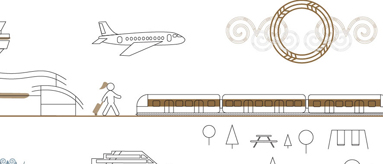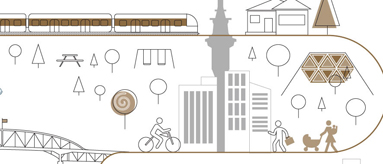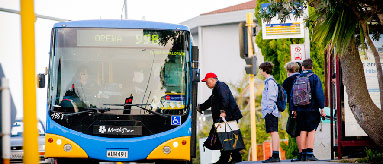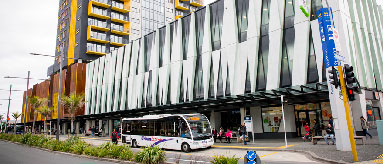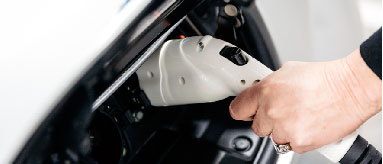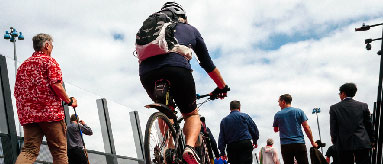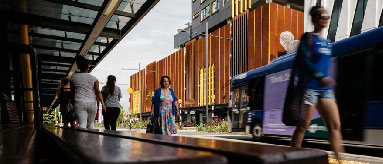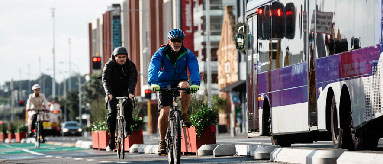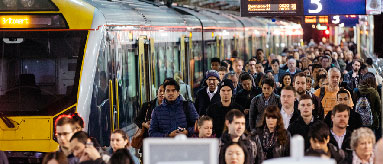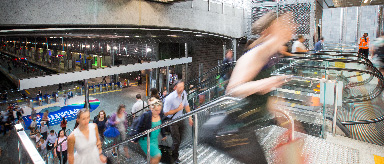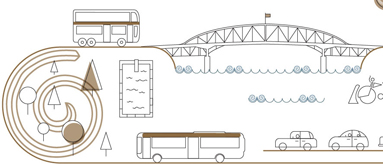There have been substantial reductions in road-related deaths and serious injury for most of the past 30 years, despite a growing population and an increase in total travel.
However, since 2012, these trends have reversed, with pedestrians, cyclists and motorcyclists facing the greatest safety risk.
This increase suggests previous initiatives are no longer as effective and a new approach to safety, with solutions that make a real difference, is needed.
It is not acceptable for people to be killed or seriously injured when using the transport network, even when mistakes happen. This is the key principle of Vision Zero for Tāmaki Makaurau
To achieve Vision Zero will require a greater emphasis on safety in decision-making.
Compared to the way we have done things in the past, we will:
- allocate a greater part of the transport budget to dedicated safety projects
- change the way we evaluate potential transport investments
- place greater emphasis on safety in the design of new or upgraded infrastructureThe structures, systems and facilities that support daily life such as water supply, roads and communications, including social infrastructure.
- ensure that the safety of vulnerable road users, such as people walking or cycling, is always prioritised when making decisions
- make necessary regulatory changes to promote safety, for example Auckland Transport’s Safe speeds programme which is an important component of ensuring speed limits are safe for everyone using our roads
- seek to improve travel behaviour by placing greater emphasis on enforcement, and through public awareness campaigns.
Real and perceived safety and security concerns discourage many people (particularly women, seniors and children) from using public transport, walking and cycling, especially after dark. Ensuring these travel options feel safe to all Aucklanders will help encourage their greater use.
How this can be done
Efforts to achieve a safer transport network must:
- increase investment into dedicated safety projects targeted to the highest risk locations (including intersections, high risk routes and road/rail level crossings). Find out more about the Regional Land Transport Plan
- ensure that safety and accessibility for people of all ages or ability is central to the design of transport infrastructure, as described in the Universal Design section of the Auckland Design Manual website.
- introduce appropriate speed limits in high-risk locations, particularly residential streets, rural roads and areas with high numbers of pedestrians and cyclists
- upgrade rural roads to improve safety and align with Vision Zero
- enhance crime prevention by using environmental design principles to improve real and perceived safety. Find out more about creating safer places.

